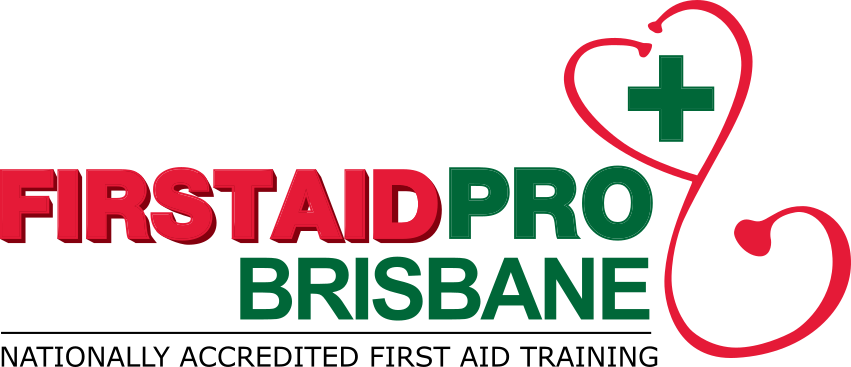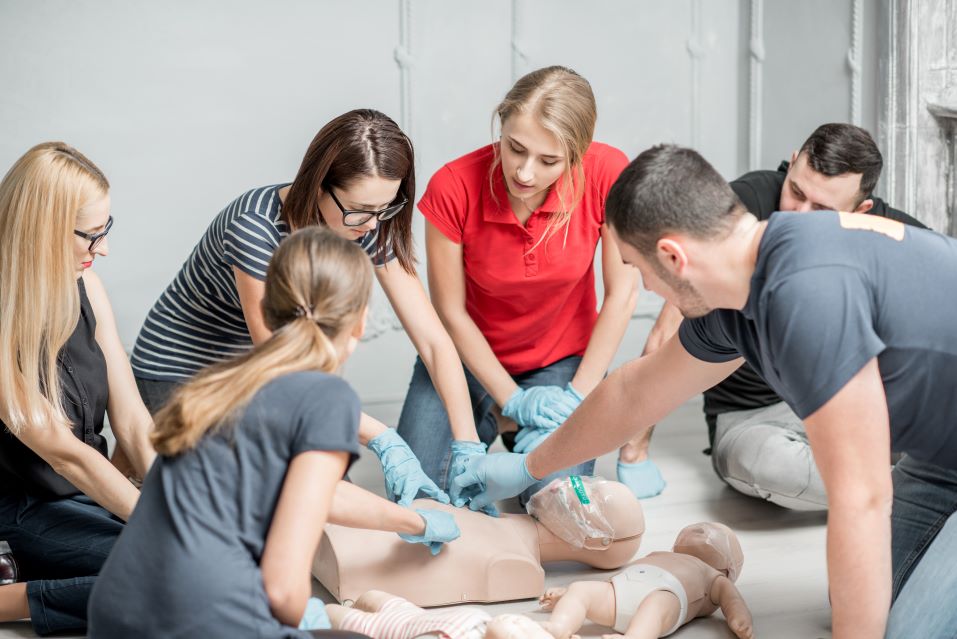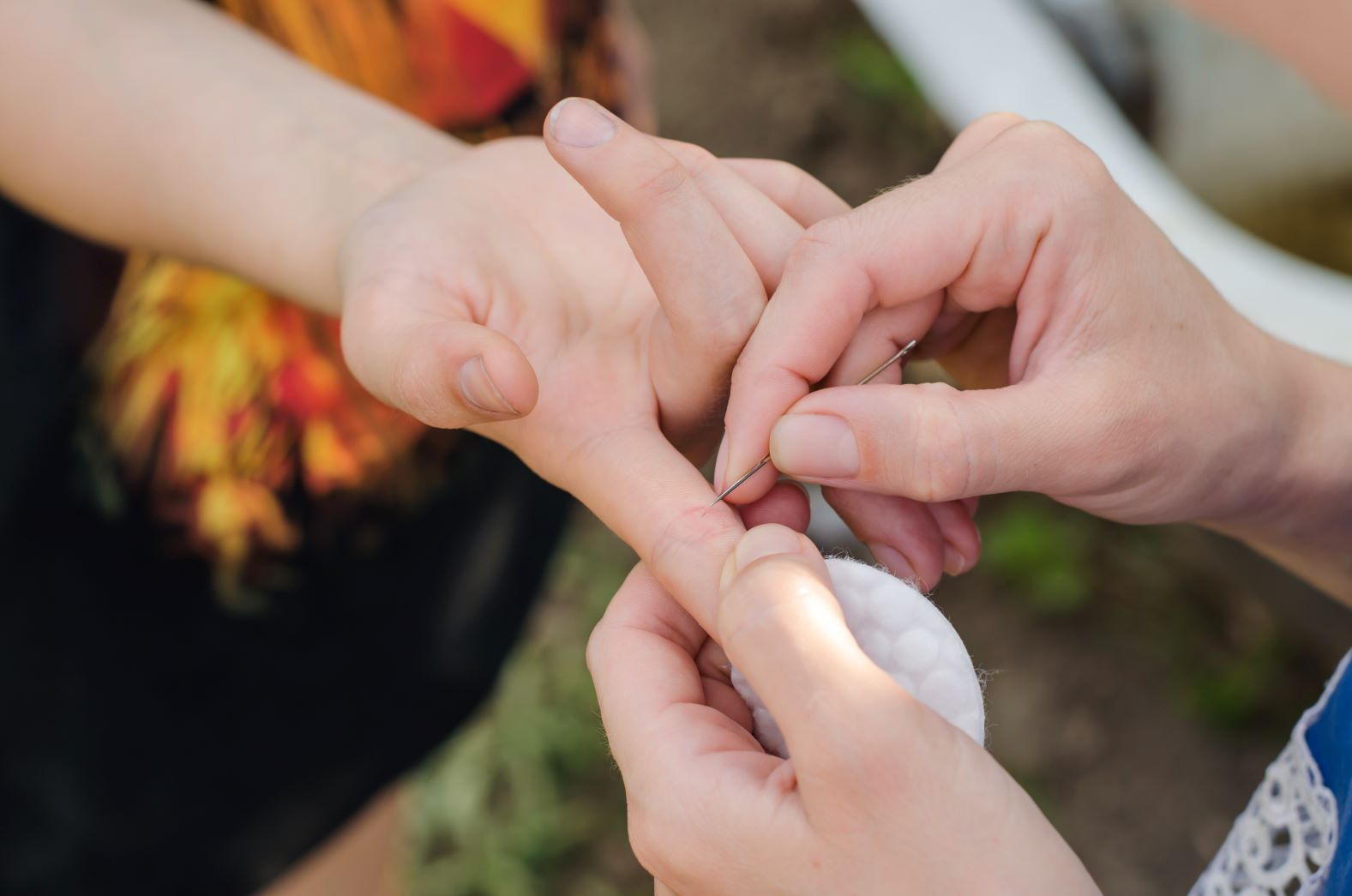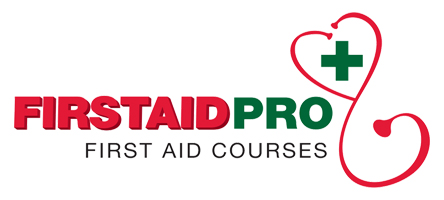Equipping schools with automated external defibrillators (AEDs) can save the lives of children experiencing sudden cardiac arrest. It is the only way they receive the proper shock treatment within the critical treatment window.
AEDs are lifesaving devices that should be present in all schools in Australia and worldwide.
Why Do Schools Need AED Devices?
In an emergency, the schools and their staff are the ones responsible for protecting the health and safety of everyone. It does not only apply to students and internal workers, but the expectation also extends to visitors who go to the school every day.
While most schools have existing action plan to address natural disasters like fires, earthquakes, and tornadoes, they should also be preparing for one of the leading causes of death in Australian children: Sudden Cardiac Arrest (SCA).
It may be hard to believe, but two to three young Australian will suffer from cardiac death every week.
Sudden cardiac arrest is a life-threatening condition that can happen to anyone – including children. It occurs when the heart suddenly stops beating, often without discerning warning signs or symptoms.
The only treatment for a cardiac arrest victim is CPR and the use of an AED. The performance of CPR (cardiopulmonary resuscitation) can keep the blood flowing throughout the body. While the AED provides lifesaving defibrillation shock from the device to restore heart function.
An AED or automated external defibrillator is a portable machine comparable to a car battery. During a sudden cardiac arrest, the battery of the heart dies, and the AED can jump-start the heart to restore its function.
The performance of both CPR and defibrillation can significantly increase the victim’s chance of survival.
There is currently no legislation that requires AEDs in schools, but few states have started to implement changes on having these devices on public buildings.
Essential Accessories For School AEDs
Regardless of the type of AEDs the schools have, certain accessories should always be on hand, including:
- Wall Cabinet – Protects the unit and ensures that the AED is located in one central location. Opening the door of this wall cabinet often triggers the alarm sound to prevent theft and alert others of a potential emergency.
- Extra Pads – AED pads tend to dry out over time and require replacements. It is important to note the expiration date on the cover and replace it accordingly.
In addition, replace the pads after use and if the items stay one full year in storage.
- Extra Battery – The normal battery life of AED last for two to five years, but it is always important to check and have a spare on hand in case of emergency,
If the device is properly running on daily, weekly, and monthly tests, it normally sends an alert when the battery requires replacement.
How To Use AEDs In School?
The AEDs can be accessed and used by the following individuals:
- School employees, including teachers, administrators, nurses, coaches and trainers, and office staff who successfully completed CPR or AED training course within 12 months and have a current CPR or first-aid certificate.
- Students, parents, and third-party visitors who are trained in first aid or CPR have the qualification to use an AED in an emergency.
Common duties of school staff who are trained responders may include:
- Respond to sudden cardiac arrest and use an AED in accordance with the guidelines of a formal training course
- Calling triple zero (000) for escalating signs and symptoms
- Submitting a written report of the incident
- Performance of CPR and other lifesaving techniques necessary to keep victim stable
Conclusion
Sudden cardiac arrest strikes without warning and can occur anytime, anywhere. It is why having a defibrillator at the ready is a must.
SCA is not something that only happens in adults; even school-age children unfortunately can experience it. Many school AEDs have been designed to easily switch to a “child mode” should the situation require it.
There are also specific accessories necessary, including child-safe electrode pads and a battery pack, for safe use.
CPR is an essential skill that could save someone’s life. However, sometimes resuscitation is not enough.
A person who needs revival after suffering from SCA will require AED intervention to increase the chances of survival compared to when only using CPR.
Learn first aid in schools and start implementing the use of CPR and AED in emergencies.








